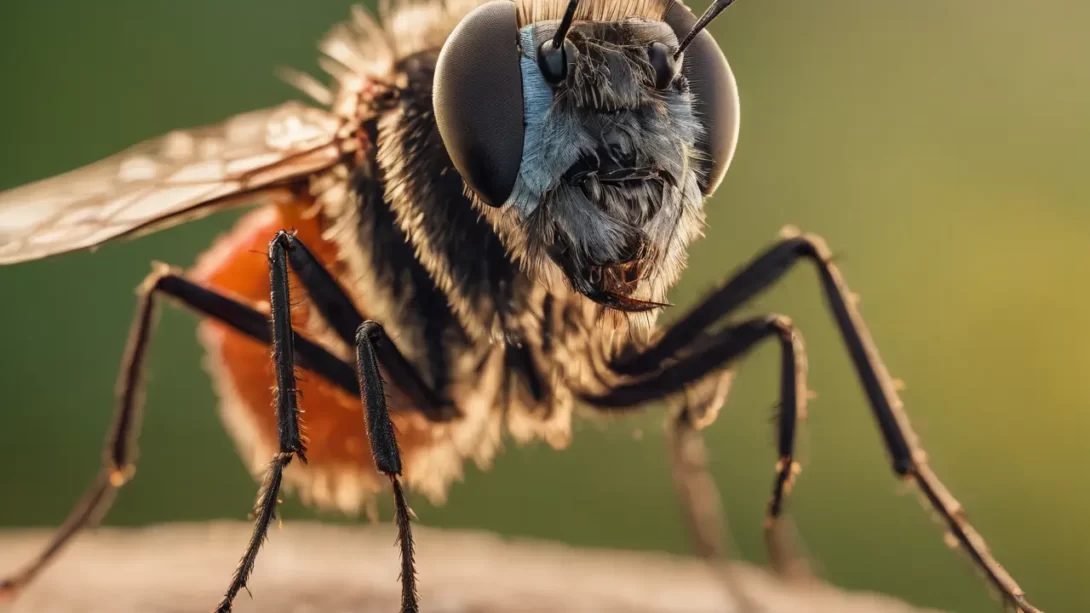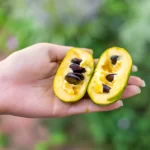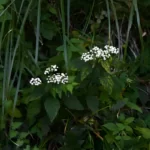Fungus gnats are a common nuisance in houseplants and gardens, known for their ability to damage young plants and seedlings. A practical solution to this problem is the use of Mosquito Bits, a product originally designed to control mosquito larvae but also effective against fungus gnats. In this article, we’ll explore how Mosquito Bits work and provide a detailed guide on using them effectively to eliminate fungus gnats from your plants.
- Environmentally Sound Biological Mosquito Control
- Sprinkle Mosquito Bits to quickly annihilate the larval population; Corn cob granules coated in Bti, the Bits (do not last long but) provide a punch, turning water black with larvae, to a clear pool void of future mosquitoes
- The Mosquito Bits are labeled to control Fungus Gnats in plant beds or pots
- Bits can be sprinkled on the soils surface or mixed with potting soil prior to planting will kill fungus gnat larvae with the same safety and target specific control offered for mosquito larva
Fungus Gnats and Mosquito Bits
To effectively combat fungus gnats, it’s important to understand their lifecycle and the mechanism by which Mosquito Bits operate:
- Lifecycle of Fungus Gnats: Fungus gnats thrive in moist, organic-rich soil, laying their eggs in the top layer of soil. Their larvae feed on plant roots and organic matter, which can stunt plant growth and cause damage.
- Action of Mosquito Bits: Mosquito Bits contain Bacillus thuringiensis var. israelensis (BTI), a bacterium toxic to fungus gnat larvae. When the larvae consume BTI, it disrupts their digestive systems, leading to their demise.
Preparing to Use Mosquito Bits
Before applying Mosquito Bits, some preparatory steps are essential:
- Assessing Infestation Level: Determine the extent of the fungus gnat problem by checking the soil moisture levels and the presence of adult gnats or larvae.
- Plant Health Evaluation: Ensure your plants are healthy enough to withstand the treatment, as stressed or weakened plants may be more susceptible to damage.
- Timing of Application: The best time to apply Mosquito Bits is when you first notice the presence of fungus gnats or when conditions are conducive to their growth, such as overwatered soil.
Application Methods
There are several ways to apply Mosquito Bits to control fungus gnats effectively:
Topical Application
Applying Mosquito Bits directly to the soil is a straightforward method:
- Application Rate: Sprinkle a small amount of Mosquito Bits on the soil surface. The exact quantity will depend on the pot size but generally, a light sprinkling is sufficient.
- Frequency: Repeat the application every week or as needed, depending on the severity of the infestation and the lifecycle of the gnats.
Watering with Mosquito Bits
Using Mosquito Bits in water is an effective way to target fungus gnat larvae living in the soil:
- Preparing the Solution: Mix a specified amount of Mosquito Bits with water. The general recommendation is to use about a tablespoon of Mosquito Bits per gallon of water.
- Application Process: Water the plants with this solution, ensuring that it reaches the soil evenly. The BTI-infused water will seep into the soil, targeting the larvae.
- Repeat Applications: For ongoing infestations, reapply the Mosquito Bits solution every week to effectively break the lifecycle of the fungus gnats.
Pre-Treatment for New Plants
Preventing fungus gnat infestations is as crucial as treating them:
- Incorporation in Potting Mix: When potting new plants, mix Mosquito Bits directly into the potting soil. This preemptive measure can deter fungus gnats from laying eggs in the soil.
- Application Rate: Use a similar ratio as the topical application, evenly distributing the Mosquito Bits throughout the soil.
Safety and Precautions
While Mosquito Bits are a safe and effective method for controlling fungus gnats, certain precautions should be taken:
- Handling and Storage: Handle Mosquito Bits as directed on the product label. Store them in a cool, dry place, out of reach of children and pets.
- Environmental Considerations: While BTI is specific to larvae and considered environmentally friendly, it’s always prudent to use such products responsibly and in moderation.
Additional Tips for Controlling Fungus Gnats
Beyond using Mosquito Bits, incorporating integrated pest management strategies can further help in controlling fungus gnats:
- Reducing Watering: Overwatering creates ideal conditions for fungus gnats. Allow the soil to dry out between waterings, especially the top layer where gnat larvae thrive.
- Using Sticky Traps: Place yellow sticky traps near the affected plants. These traps will catch adult gnats, helping to reduce the breeding population.
- Soil Health: Improve soil health by incorporating organic matter or using well-draining potting mix. Healthy soil can better resist pest infestations.
- Regular Cleaning: Keep the plant area clean. Remove dead leaves and debris from the soil surface to eliminate potential breeding grounds.
Conclusion
Mosquito Bits offer an effective, eco-friendly solution for controlling fungus gnats in houseplants and gardens. By incorporating them into your plant care routine, either through direct application or watering, you can significantly reduce gnat populations. Remember, the key to successful pest management is a combination of methods tailored to your specific situation.
Regular monitoring of your plants and adjusting care practices accordingly will also play a significant role in keeping fungus gnats at bay. By staying vigilant and proactive, you can enjoy healthy, thriving plants free from the nuisance of these common pests. Remember, patience and persistence are crucial in natural pest control methods.




